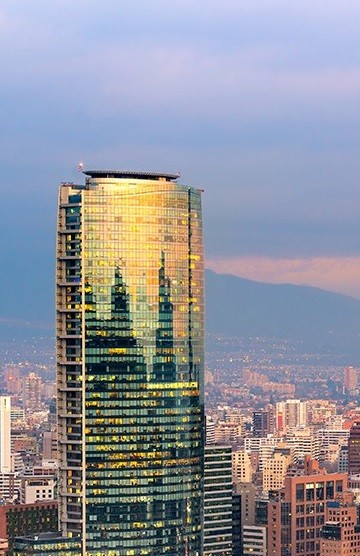“These days many utilities are not innovative because they operate in an environment in which there is little competition. However, our sector is implementing an unprecedented transformation. Enel became a model of innovation when we decided to take on the challenge of change, opening ourselves up to competition”
Ernesto Ciorra, our group’s Chief Innovability Officer, laid down a challenge for the managers of European companies and organisations gathered in Rome: how do you make the move from Open Innovation to Open Company? How can internal processes be transformed to make a company fully innovative?
The serendipity factor
Open Innovation, above all, means an exchange of ideas and influences, comparing your approach to innovation with that of companies in other sectors. Innovation can, for example, be the result of serendipity, the element of luck that comes into play when discoveries are made while searching for other, unrelated solutions, as described by Markus Nordberg, Head of Resource Development at CERN, the European Organization for Nuclear Research, in Geneva. This is the story behind the birth of the Web, invented by Tim Berners-Lee at CERN. Initially it was developed simply as a way of enabling scientists throughout the world to exchange information. “The problem is how to systematise serendipity,” explained Nordberg, who highlighted the paradox guiding innovation in the nuclear research centre at Geneva. “We call it Co-innovation, a combination of competition and cooperation. The scientists compete with one another but that is only possible if they share information and discoveries.”
“A creative approach to solutions is crucial.” At CERN hundreds of thousands of external partners are involved each year in implementing “Open Science”, which includes designers and artists as well as physicists and engineers. Their task is, to quote Nordberg, to “open an idea” in order to explore all possible forms, anticipate developments and assess their potential impact on clients and the market. It also means following the principles of Design thinking by starting from the user experience to create simple solutions for complex problems.
Towards sustainability and Innovation networks
What are the new trends in innovation around the world? First of all, the perception ofsustainability also as a business opportunity. As Ciorra explained, we must move from Open Innovation to Open Innovability. It is no longer enough to be merely innovative, we must integrate sustainability “to create shared value and this can only be achieved by innovating.” The UN’s 17 Sustainable Development Goals (SDGs) represent a reference point for many organisations and our Group is actively committed to the achievement of four of them, having set targets and timeframes in order to do so.
Innovation Networks are the other important frontier: merely looking outside the company is no longer sufficient, it is increasingly important to create open ecosystems, genuine platforms where also client feedback can drive innovation.
There are many potential stakeholders, not only startups and universities, but suppliers, industrial partners, innovation communities, crowdsourcing platforms and consumers. As Francesco Starace explained, our Group is rapidly extending the network of its Innovation Hubs around the world, from San Francisco to Moscow and Tel Aviv. “They are more than just observation points, they collect and incubate problem-solving ideas.” Innovation ecosystems, in fact. “Ideas can then become business opportunities, as the launch of Enel X has shown.”
Other essential features of Open Innovation are the courage to set ambitious targets (“big goals not small”), a clear mandate from top management, process transparency and flexibility, the ability to cut the cost of mistakes and the capacity to promote external innovation within the company. The Open Company, in fact.
“There is no separate department that creates innovations. Innovation is embedded in the Enel Group, we serve the different business lines that generate innovations”
Some have focused on organisational models and theories about the transition from the period of bureaucracy (hierarchy) and meritocracy (competence) to that of adhocracy(action):, the formation of nimble, fluid, horizontal groups that are better able to take rapid decisions in the digital age. This is the approach suggested by professor Julian Birkinshaw of the London Business School in his book Fast/Forward. Make your company fit for the future.
Open Innovation is a work in progress. The two days in Rome did not put all doubts and reservations to rest, some remained unanswered: open innovation, yes, but how open? Which is better, gradual (incremental) or revolutionary (disruptive)? How can we protect ideas if we share them with others? Is there a limit to internal and external transparency? The spotlight will once again fall on these and other questions at the next big event, theWorld Open Innovation Conference, scheduled for December 2018 at the University of Berkeley’s Haas School of Business and hosted, of course, by the person who first put a name to all this: Henry Chesbrough.




